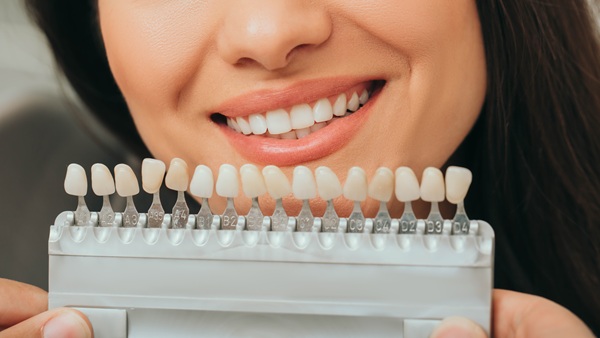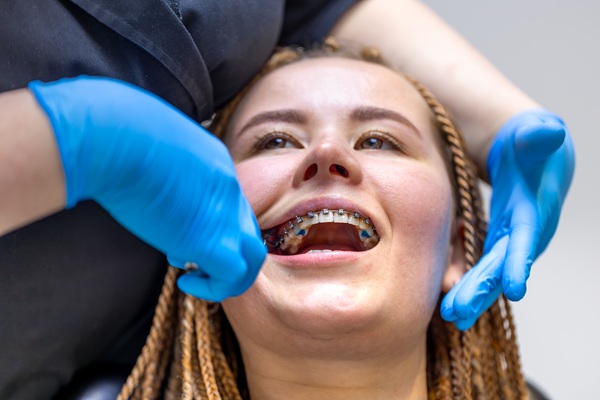Once upon a time, one of the standards of beauty was “the whiter and straighter the teeth, the better”. Thus, the ultra white veneers, what many call the “Hollywood smile”, were the dream look for those chasing the perfect grin.
But in 2025, things are changing, and the trend is shifting. More people have been asking their dentist for natural-looking veneers that resemble real teeth, slightly varied in shape, gently shaded, and full of natural texture, instead of the ultra-white smile.
So which look is “in” this year? Is the flawless, mega-watt smile fading? Or is there still a place for ultra-white, symmetrical veneers?
At Bellevue Hill Dental, we don’t just let our patients jump on the bandwagon. We also help patients understand the difference so they can choose the look that fits them best. Here’s what you need to know.
Why Veneers Are Still a Popular Choice
With more options for shade, texture and fit, veneers remain one of the most popular dental procedures in 2025 because they offer one of the fastest and most effective ways to transform your smile, whether you’re after a natural enhancement or that “Hollywood-style” glow. Unlike other dental procedures that take years (like orthodontics), veneers deliver immediate cosmetic results that last for years with proper care.
Veneers are thin, custom-made shells designed to cover the front of your teeth. They can help improve the colour, shape, size, and alignment of teeth, and are especially useful for covering up chipped, worn-down, uneven or stained teeth.
There are two main types:
- Porcelain veneers – Durable material, stain-resistant, and mimic natural enamel.
- Composite veneers (composite bonding) – More affordable, but usually don’t last as long as porcelain and may stain over time.
Today, both types can be used to create natural-looking veneers or bold, ultra white veneers, depending on your desired look.
The Trend Shift: From Flawless to Natural
For years, social media and celebrity culture made the “perfect” smile the gold standard, with the use of bright white, symmetrical teeth with no flaws.
But in 2025, things are changing.
According to The Guardian, there’s a growing movement away from overdone cosmetic dental work. People are embracing individuality and subtle beauty, which some people now call “realistic enhancement.”
Instead of demanding BL1 shade (the brightest on the porcelain veneers shade guide), patients are now choosing softer tones, such as BL2, A1, or even A2. These shades still give a fresh, clean appearance, but they reflect the natural translucency and texture of enamel, which gives real teeth their lifelike character.
Still Demand for Ultra‑White
Despite that, there is still strong demand for ultra‑white veneers, especially among those who want a bold change or a “Hollywood smile.” For some people, they still opt to go with ultra‑white veneers as it gives confidence, shows brightness and makes a bold statement. However, one of the risks is that the shade might not match the rest of the teeth, and ultra‑white veneers often require a good amount of tooth preparation and maintenance.
Beyond Shade: What Else Affects the Look of Veneers?
Choosing between ultra-white and natural-looking veneers is not just about the colour of the veneers. Dentists look at other factors that can influence the final result of the procedure, like:
1. Tooth Proportions & Gumline Symmetry
The most stunning smiles are often the most balanced. Ideal veneers don’t just match the colour of your teeth. They should also complement your face shape, lip line, and gum contour. Dentists often assess tooth length, width, and how the gumline frames each tooth to ensure a harmonious result. Even subtle changes in symmetry can make a dramatic difference in overall facial aesthetics.
Tip: This is often mapped out during your veneers consultation using mock-ups or digital smile design planning tools.
2. Enamel-Like Texture & Translucency
One of the giveaways of “fake” teeth is an overly flat or opaque surface. Natural enamel has a slight translucency near the edges and often features gentle ridges or texture that reflect light in specific ways.
High-quality porcelain veneers can be crafted to mimic this enamel texture, giving them a lifelike appearance. According to the Australian Dental Association, mimicking natural tooth anatomy is key to creating aesthetic restorations that blend seamlessly with your smile.
3. Prep Techniques: Minimal-Prep vs. No-Prep
Some veneers require your dentist to remove a thin layer of enamel to make space for the new shell. This is how your tooth is prepared for the procedure. However, newer techniques allow for minimal-prep or even no-prep veneers, especially in cases where only slight changes are needed.
These modern approaches are less invasive, preserve more of your natural tooth structure, and often result in a more organic, natural-looking outcome. Minimal-prep veneers are especially popular among patients seeking subtle enhancements rather than dramatic changes.
Your Smile, Your Choice
The debate between natural-looking veneers and ultra white veneers is less about what’s trending, and more about what feels right for you or what you want.
Some people love the polished look of a Hollywood smile, while others prefer something that blends seamlessly with their face and personality.
Regardless of whether you prefer one over the other, the best veneers are the ones that match your style, complement your features, and make you feel confident every time you smile.
If you’re thinking of getting veneers in Bellevue Hill, NSW, look for our team at Bellevue Hill Dental to understand which type of veneers is right for you. Book a consultation with us for more information and guidance.



